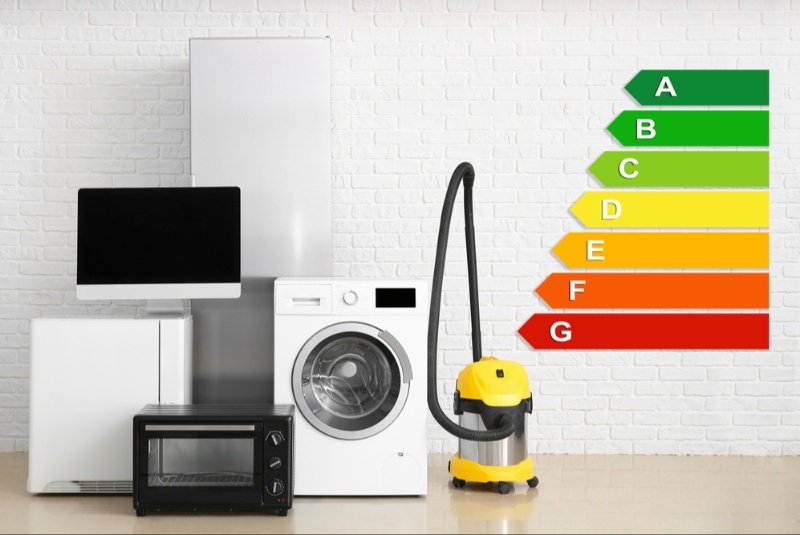In the intricate dance of consumer behavior, impulse buying stands out as a common yet complex phenomenon. It's a moment many are familiar with: entering a store with a clear list and walking out with items that were never intended to be purchased. While occasional indulgence may seem innocuous, habitual impulse buying can have profound implications on personal finances and overall well-being. This comprehensive guide delves into the nuances of impulse buying, examining its psychology, impact, and strategies for control.
Unpacking the Psychology Behind Impulse Buying
Impulse buying is not merely a matter of lack of self-control; it's deeply rooted in psychological triggers and environmental cues.
The Role of Dopamine
The act of impulse buying triggers a release of dopamine in the brain, a neurotransmitter associated with feelings of pleasure and satisfaction. This biological response can create a temporary euphoric state, reinforcing the behavior and making it psychologically addictive.
Emotional Shopping
Emotions play a significant role in impulse buying. People often turn to shopping as a way to cope with stress, sadness, or even to amplify happiness. However, this emotional relief is typically short-lived and can lead to feelings of guilt or regret.
Environmental and Social Influences
Retail environments are meticulously designed to stimulate impulse buying, from store layouts and lighting to music and scent. Social factors, like peer influence or the pursuit of social status, can also drive impulsive shopping behaviors.
The Ripple Effects of Impulse Buying
The consequences of impulse buying extend beyond the immediate gratification, impacting both financial health and personal space.
Financial Repercussions
Impulse buying can lead to significant financial drain. Habitual impulsive shopping can derail budgeting efforts, lead to accumulating debt, and hinder long-term financial goals. The Slickdeals report, highlighting an annual average of $5,400 spent on impulse buys, starkly illustrates this economic impact.
The Clutter Conundrum
Impulse purchases often result in accumulating clutter. This physical clutter can translate into mental clutter, causing stress, anxiety, and feelings of being overwhelmed. The chaos of an unorganized space can significantly detract from the quality of life and personal productivity.
The Strategic Role of Shopping Lists
A shopping list is a powerful ally in combating impulse purchases. It serves as a tangible plan and financial guardrail.
Budgeting and Planning
A detailed shopping list is a manifestation of a well-thought-out budget. It's a commitment to planned spending, ensuring purchases align with financial objectives and constraints.
Reducing Wastefulness
Adhering to a list curtails the purchase of unnecessary items, especially perishables that may expire unused. This mindful approach contributes to a sustainable lifestyle, minimizing waste and excess.
Tackling Impulse Buying: Practical Strategies
Addressing impulse buying requires a multifaceted approach, combining pre-shopping preparation, in-store tactics, and post-shopping reflection.
Pre-Shop Preparations
- Comprehensive List Making: Detailing specific items, brands, and quantities on your shopping list minimizes the temptation to deviate.
- Budget Setting: Determine a fixed budget for your shopping trip. Using cash can psychologically reinforce this limit, as the act of physically handing over money can be more impactful than swiping a card.
- Understanding Triggers: Identify personal triggers for impulse buying. Are you more prone to unplanned purchases when stressed, happy, or socializing? Awareness is key to developing counter strategies.

Strategies While Shopping
- Focused Shopping: Avoid leisurely browsing, which can lead to temptation. Stick to the areas of the store that house your listed items.
- Resisting Marketing Tactics: Be aware of common retail strategies designed to encourage impulse buying, such as end-of-aisle displays, eye-catching packaging, and sale signs.
- Mindful Presence: Stay present and mindful during shopping. Regularly remind yourself of your list and budget.
Post-Shopping Practices
- Reflective Reviewing: After shopping, compare your purchases against your list and budget. Reflect on any deviations to understand their causes.
- Spending Tracking: Keep track of your spending habits over time. This can reveal patterns and provide insights into your impulse buying tendencies.
Developing Mindful Shopping Habits
Creating sustainable change in shopping behavior involves cultivating mindfulness and self-awareness.
Inculcating Self-Awareness
- Trigger Analysis: Deeply analyze what drives your impulse purchases. Is it a response to emotional states, environmental cues, or social pressures?
- Past Purchase Review: Regularly assess your past impulse buys. Were they necessary? Did they bring lasting satisfaction or regret?
Shifting Perspectives
- Prioritizing Experiences: Focus on spending that enriches your life experiences rather than material possessions. This shift can lead to more fulfilling and intentional spending.
- Gratitude Practice: Cultivating gratitude for what you already have can diminish the constant desire for new acquisitions.
Practical Behavioral Tactics
- Waiting Period Implementation: For non-essential purchases, enforce a waiting period. Time can provide perspective, often revealing that the urge to buy diminishes with patience.
- Exposure Limitation: Reduce the temptation by limiting exposure to shopping triggers. Unsubscribe from retail emails, avoid browsing shopping sites, and plan store visits judiciously.
Impulse buying is a multifaceted behavior influenced by psychological, emotional, and environmental factors. Understanding these influences and consciously adopting strategies to manage them can lead to more disciplined and mindful shopping practices. The journey to overcoming impulse buying is about developing self-awareness, practicing financial discipline, and aligning spending with personal values and goals. Every step taken to resist an unplanned purchase is a stride towards greater financial stability, personal satisfaction, and a clutter-free lifestyle.




